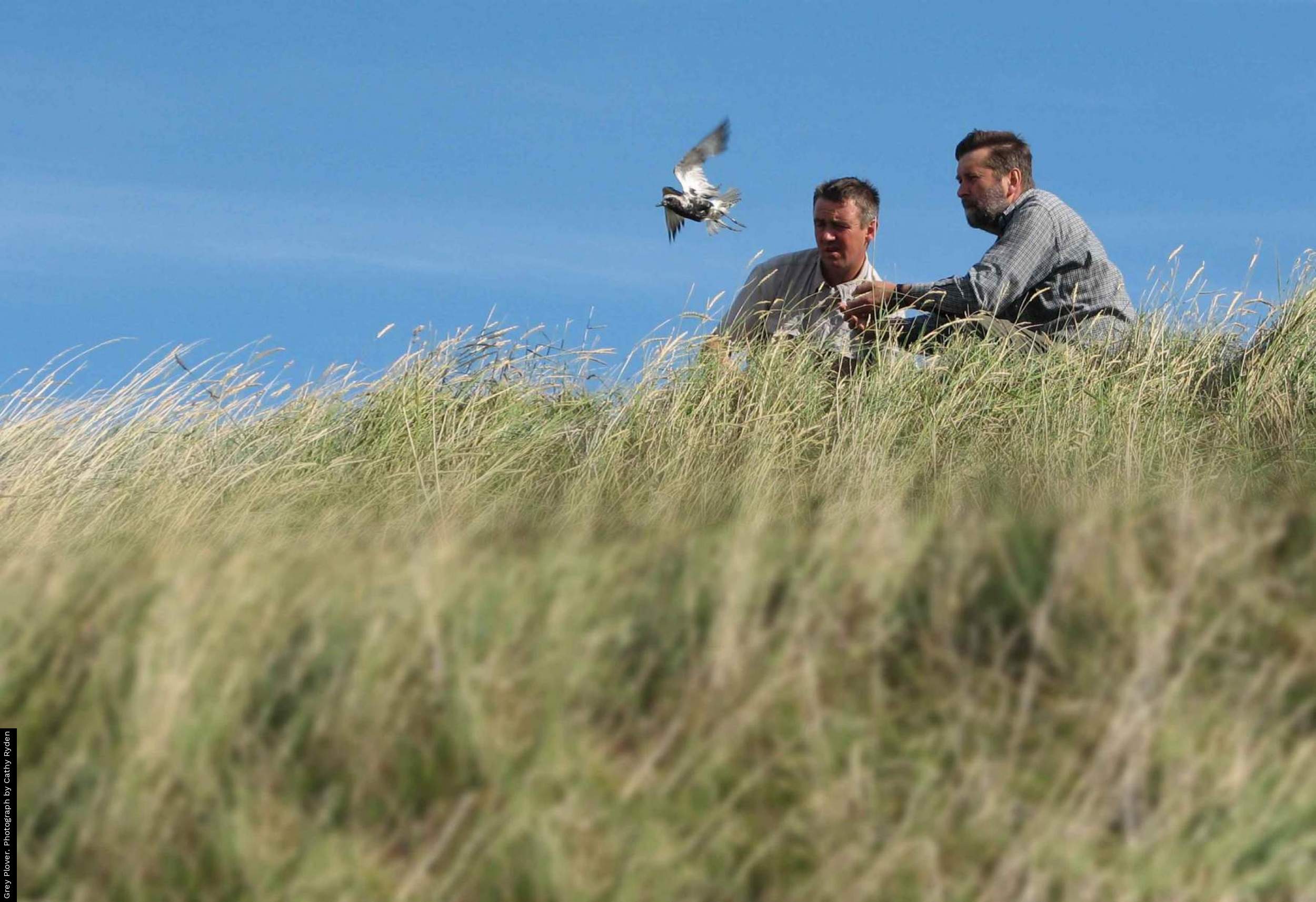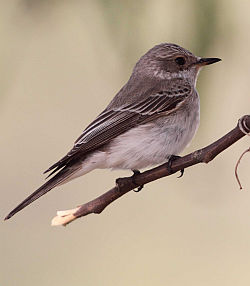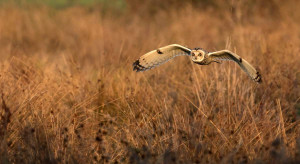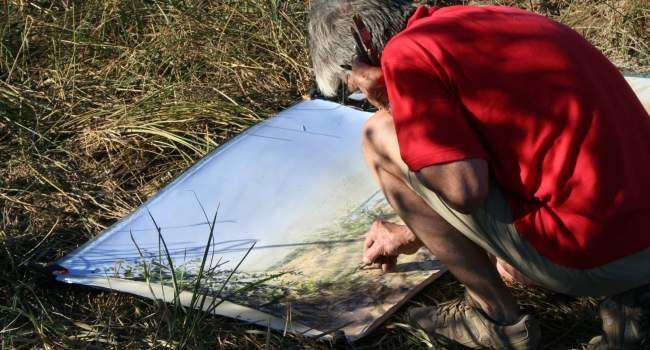Tracking studies at BTO
These maps from the BTO book
Time to Fly indicate how little we
know about Spotted Flycatcher
movements in Africa. With only
2 recoveries in sub-Saharan
Africa the arrows of movement
indicated are hopeful to say
the least.
The UK is home to a variety of migrant species for part of the year, including large flocks of wintering waterbirds, songbirds that breed here but winter in Africa, and seabirds that disperse to the open ocean once they leave their coastal breeding colonies. Many of these species are declining in Britain and across Europe as a whole. As migratory bird populations may be affected by threats on their breeding grounds, wintering grounds and stop-over sites, they are particularly vulnerable to the effects of environmental change and understanding the causes of declines is extremely difficult. The rapid intensification of agricultural systems and habitat loss in Europe has driven declines of some species and global climate change is implicated in the declines of others. Tracking helps us to understand where the pinch points are in these species' annual cycles. It can also be used to identify home ranges of non-migrant species and to improve our understanding of their conservation needs.
Satellite tracking
Cuckoos
We first received funding for five satellite tags and fitted these to male Cuckoos in Norfolk in spring 2011. Following that first migration, we have subsequently fitted tags to further birds and followed several migration cycles. Follow the birds' movements - Cuckoo tracking Project.
Geolocators
Nightingales
In 2009, 20 birds from the Fens were tagged in conjunction with the Swiss Ornithological Institute. Although prototypes, we successfully tracked one bird to its wintering area in West Africa.
Swifts
In summer 2010, Swifts breeding in three different areas were fitted with British Antarctic Survey geolocators weighing just 0.65 g. These devices were retrieved when the birds returned to their breeding colonies in July 2011, giving some fascinating results.
Nightjars
Whinchats
In 2016, the BTO deployed 20 geolocators on Whinchats on Salisbury Plain - a lowland population. This project will locate the winter destinations of Whinchats in West Africa and identify migration routes. The RSPB have also tagged 19 birds at a complementary upland breeding site in Cumbria.
GPS
Short-eared Owls
The best evidence that we have suggests that the population of Short-eared Owl in the UK has declined, perhaps by as much as 50%. This project uses GPS tags to find out more about factors that may be influencing species decline. So far, BTO working with local collaborators has tracked nine Short-eared Owls in Scotland since 2017. All have provided detailed information on habitat and landscape use, and some have gone on to show astonishing movements and behaviours which differ markedly between birds and also by the same bird between years.
Seabirds
In 2010 and 2011, we fitted state-of-the art GPS tags to 25 Lesser Black-backed Gulls breeding in Suffolk and 24 Great Skuas breeding in Shetland. These solar-powered tags were manufactured by scientists at the University of Amsterdam, and download remotely to give unprecendented detail on the position, speed and flight altitude of these species. This project, funded by the UK Department for Energy and Climate Change (DECC), is on-going, but we already have fantastic results on birds' movements and behaviour in the breeding season, over winter and on migration.
Goshawks
In 2016, we fitted state-of-the art GPS tags to 5 juvenile Goshawks, in the Brecks. This was to monitor dispersal and habitat use. These solar-powered tags download location information remotely to give details of position and movement. Funding was provided by the ‘Breaking New Ground’ Landscape Partnership Scheme in the Brecks, supported by the Heritage Lottery Fund. For further information about the scheme, visit www.breakingnewground.org.uk.









Share this page